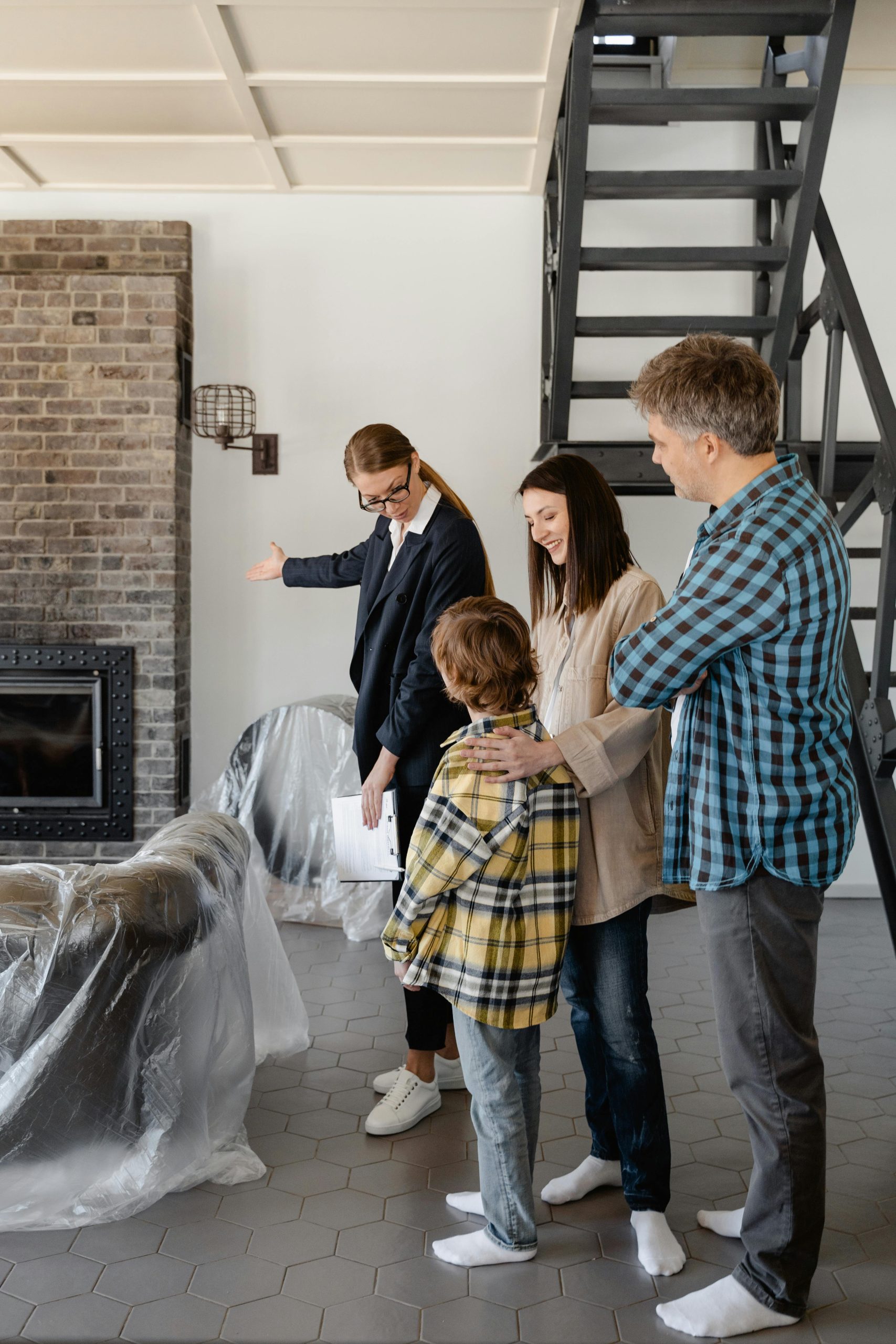After sifting through online listings and refining your wants and needs with your real estate agent, you’re ready for one of the most exciting parts of the home-buying process—touring potential homes!
Do Your Research
Before stepping foot in a home, establish a clear understanding of your budget and must-have features. In a competitive market, having a mortgage pre-approval can give you a strong edge. Additionally, research essential factors like property taxes, neighborhood amenities, and school districts. Reviewing the online listing more than once will also help you pinpoint any questions best addressed in person.
Pack Your Home Touring Kit
Stay organized by bringing a notebook and jot down key observations. Taking your own photos of the interior of the property might not always be allowed. Since it’s easy to forget details after multiple tours, documenting your impressions is crucial.
Evaluating the Exterior
Your assessment begins the moment you arrive. The home’s curb appeal can offer insights into its overall maintenance. Check the condition of the roof, siding, and entryway. Are there noticeable cracks in the driveway or foundation? Consider whether major repairs fit within your budget after working with a licensed home inspector.
Exploring the Interior: Room-by-Room Breakdown
Once inside, it’s easy to focus on décor, but it’s more important to evaluate structural and functional aspects:
- Kitchen & Bathrooms: Test appliances, faucets, and drainage. Look for leaks or signs of wear.
- Bedrooms & Closets: Ensure the rooms can accommodate your furniture and that storage space is sufficient.
- Basement & Attic: These spaces often reveal potential water damage or insulation issues. These are best explored with a licensed inspector and not on your own.
- Floors & Walls: Check for cracks, stains, or uneven surfaces that could indicate deeper structural concerns.
Engage All Your Senses
A thorough walkthrough goes beyond just looking around. Use all your senses to detect potential issues:
- Sight: Be wary of cosmetic fixes that might conceal bigger problems.
- Sound: Pay attention to outside noise levels, such as traffic or barking dogs.
- Smell: Musty odors could indicate mold, while overpowering air fresheners might be masking pet smells.
- Touch: Open and close windows, doors, and cabinets to ensure they function properly.
Thinking Long-Term
After the visit, weigh the home’s advantages and drawbacks. If the property is a top contender, visit the neighborhood at different times to assess traffic and activity levels. Consider move-in readiness, potential renovation needs, and whether the space will accommodate future lifestyle changes—such as a growing family or the need for a home office. Discuss your thoughts with your real estate agent, who can provide expert insights and help compare the home against others in the market.
A well-prepared home tour ensures you evaluate properties with confidence and clarity, helping you find a home that truly fits your needs and future plans.



 Facebook
Facebook
 X
X
 Pinterest
Pinterest
 Copy Link
Copy Link


